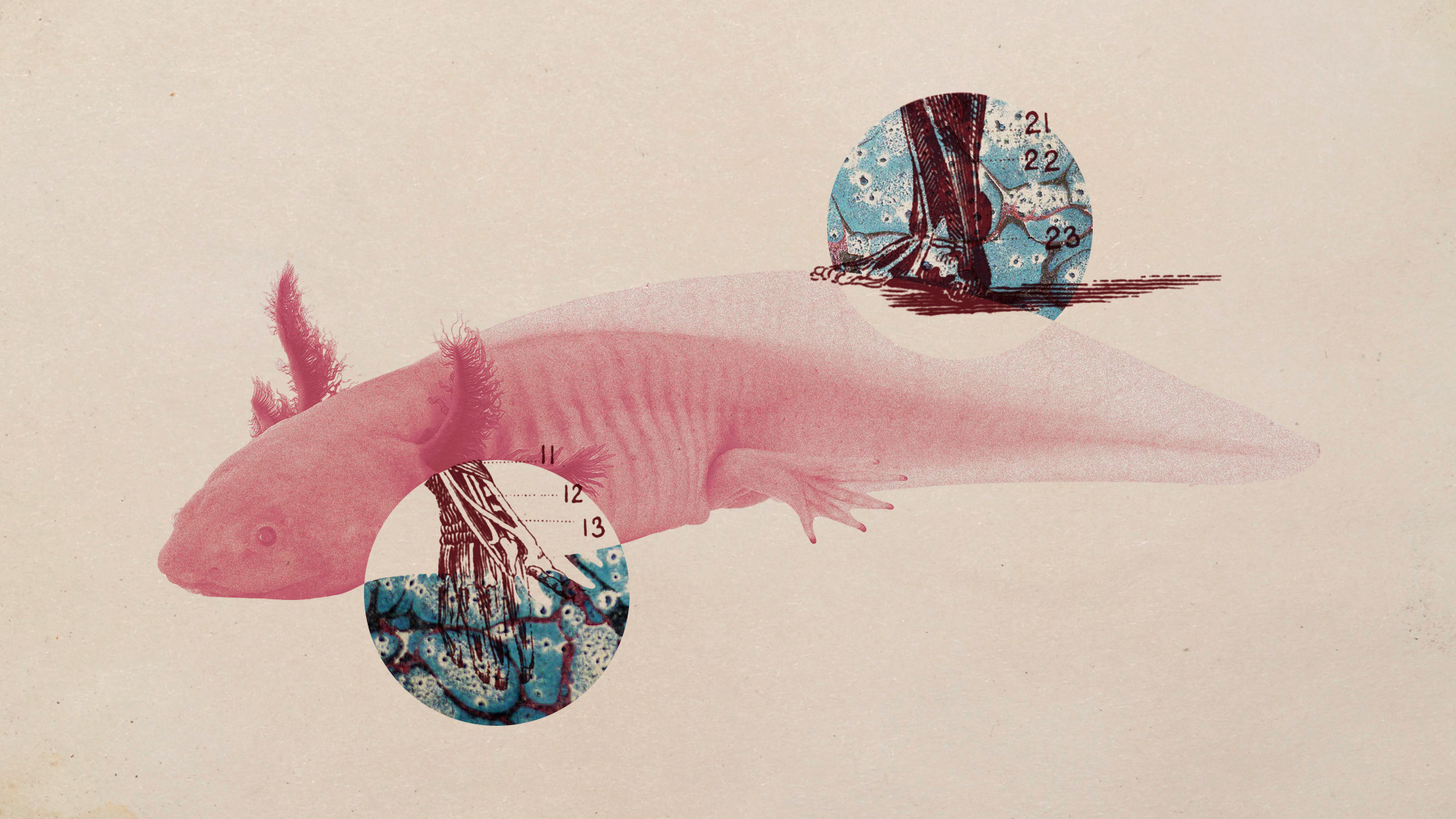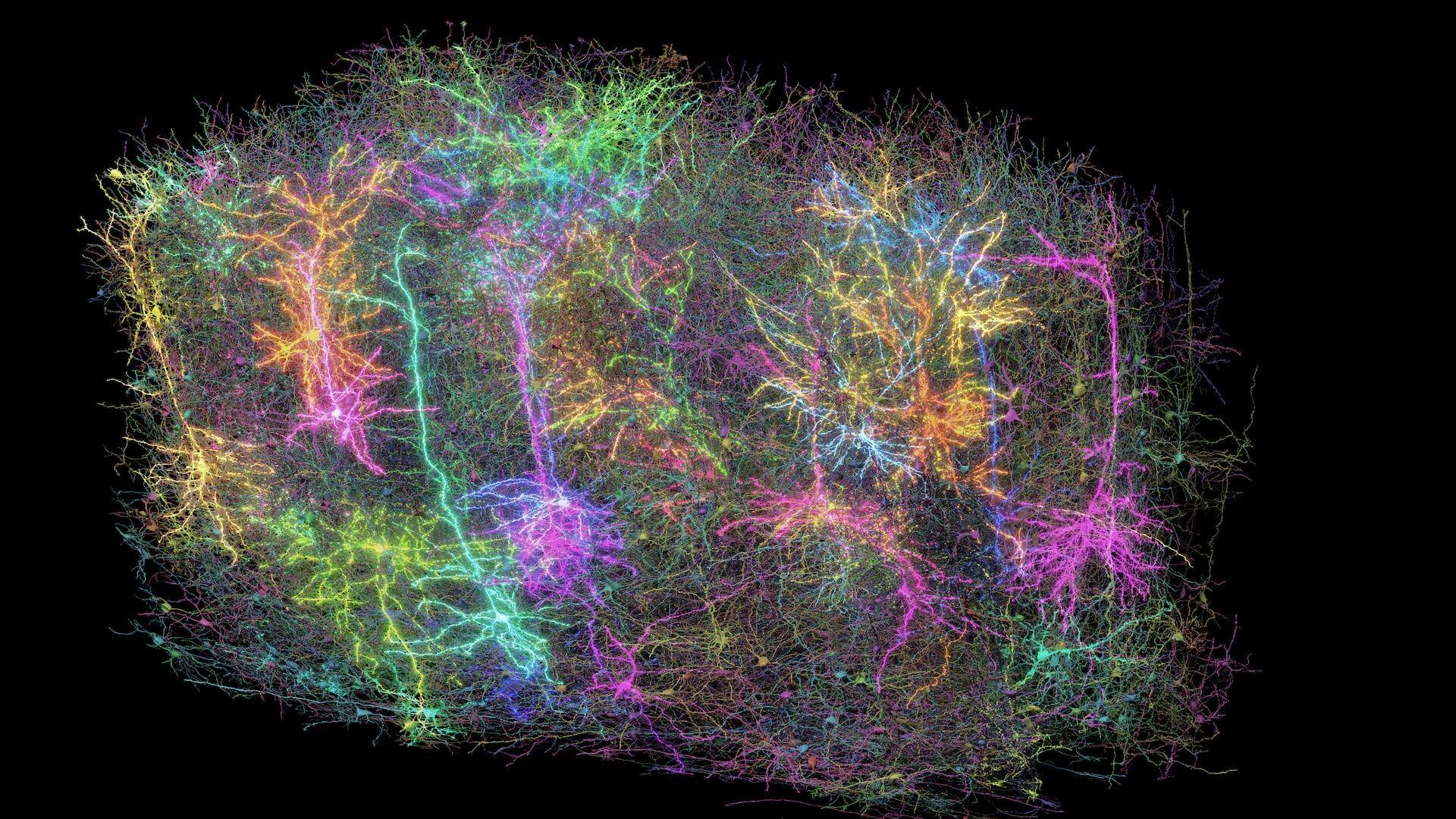Health & Science
Wealth breeds selfishness; Decoding dolphin-speak; A stem-cell cure for infertility?; When women wear red
Wealth breeds selfishness
The rich really are different: They’re more likely than other folks to lie, cheat, and steal. Researchers conducted a series of experiments on more than 1,000 people with annual incomes ranging from $16,000 to $150,000, and found that those with the most money were also the most likely to behave unethically—cheating to win a $50 prize, taking candy from children, and pocketing extra change given to them by mistake. In one experiment, drivers of pricier cars were four times more likely than those who drove cheaper cars to cut off other drivers and refuse to wait for pedestrians. University of Minnesota psychologist Vladas Griskevicius tells Wired.com that the wealthy break rules “not because they are desperate,” as many criminals are, “but because they feel entitled and want to get ahead.” Being rich can be isolating, since wealthy people are less dependent on social bonds to get along; as a result, they have less empathy and are “less likely to perceive the impact” that their behavior has on others, says study author Paul Piff. Indeed, one of the tests showed that just thinking about wealth can trigger selfishness. Low-income volunteers who were asked to imagine they were rich behaved as badly as real rich people, pilfering candy that researchers told them was intended for children.
Decoding dolphin-speak
The Week
Escape your echo chamber. Get the facts behind the news, plus analysis from multiple perspectives.

Sign up for The Week's Free Newsletters
From our morning news briefing to a weekly Good News Newsletter, get the best of The Week delivered directly to your inbox.
From our morning news briefing to a weekly Good News Newsletter, get the best of The Week delivered directly to your inbox.
Scientists have long known that captive dolphins possess impressive communication skills, including the ability to understand simple human language. But they’ve never been sure how the creatures converse in the wild. Now, says LiveScience.com, a new study shows that when two dolphin pods meet in the ocean, a representative from one group exchanges a “signature whistle” with a member of the other before the two pods join together. Signature whistles are unique to each dolphin and appear to identify him or her much the way names identify people. But when a whistle is used as a greeting, says marine biologist Vincent Janik of the University of St. Andrews in Scotland, it means, “‘I’m interested in making contact in a friendly way, I’m not attacking.’” The whistles also express mood, “a bit like in human language, where you can hear if a person sounds happy or sad,” Janik says. Since dolphin pods don’t appear to have leaders, the designated greeter on any given day may just be “whoever is interested in saying hi.”
A stem-cell cure for infertility?
Men make sperm all their lives, but women are born with a limited supply of eggs that runs out at menopause—or so scientists have long thought. Now Harvard University researchers say they’ve discovered stem cells in women’s ovaries that can produce new eggs indefinitely—a finding that could lead to new treatments for infertility. The problem with current fertility techniques, reproductive biologist Jonathan Tilly tells Bloomberg Businessweek, is that women have a limited supply of eggs to extract and fertilize outside the body. “If we are successful—and it’s a big if—in generating functioning eggs from these cells,” Tilly says, “we can generate as many eggs as we need per patient.” His team has found a way to identify these stem cells in the ovaries, extract them, and coax them into growing into immature eggs in the lab. If researchers are able to fertilize eggs produced this way and create embryos—a feat they’ve already performed in mice—it would greatly increase the chances that infertile couples could have children. It would also mean that women’s reproductive ability would no longer be governed by a “biological clock.”
When women wear red
A free daily email with the biggest news stories of the day – and the best features from TheWeek.com
Why do men pay so much attention to women wearing red? They assume women in red want to have sex, a new study says. Researchers have long observed that men are more attracted to scarlet-clad women than to women in other colors, even if it’s just a red T-shirt as opposed to “a red dress or a sexy outfit,” University of Rochester psychologist Adam Pazda tells ScienceNow.org. To figure out why, he asked 25 men to look at a photo of the same woman wearing either a white or a red T-shirt and estimate how interested she seemed to be in having intercourse. The subjects consistently scored the woman in red higher. That belief may subconsciously stem from our primate origins: When female chimps achieve peak fertility, a rush of estrogen opens up their blood vessels, flushing their faces and giving males the signal that it’s time to mate. Human females also appear more pink-cheeked when ovulating. Researchers are now investigating whether or not women who display the provocative color, either with clothes or makeup, actually intend “to communicate sexual interest.”
-
 7 bars with comforting cocktails and great hospitality
7 bars with comforting cocktails and great hospitalitythe week recommends Winter is a fine time for going out and drinking up
-
 7 recipes that meet you wherever you are during winter
7 recipes that meet you wherever you are during winterthe week recommends Low-key January and decadent holiday eating are all accounted for
-
 Nine best TV shows of the year
Nine best TV shows of the yearThe Week Recommends From Adolescence to Amandaland
-
 5 recent breakthroughs in biology
5 recent breakthroughs in biologyIn depth From ancient bacteria, to modern cures, to future research
-
 Bacteria can turn plastic waste into a painkiller
Bacteria can turn plastic waste into a painkillerUnder the radar The process could be a solution to plastic pollution
-
 Scientists want to regrow human limbs. Salamanders could lead the way.
Scientists want to regrow human limbs. Salamanders could lead the way.Under the radar Humans may already have the genetic mechanism necessary
-
 Is the world losing scientific innovation?
Is the world losing scientific innovation?Today's big question New research seems to be less exciting
-
 Breakthrough gene-editing treatment saves baby
Breakthrough gene-editing treatment saves babyspeed read KJ Muldoon was healed from a rare genetic condition
-
 Humans heal much slower than other mammals
Humans heal much slower than other mammalsSpeed Read Slower healing may have been an evolutionary trade-off when we shed fur for sweat glands
-
 Scientists map miles of wiring in mouse brain
Scientists map miles of wiring in mouse brainSpeed Read Researchers have created the 'largest and most detailed wiring diagram of a mammalian brain to date,' said Nature
-
 Scientists genetically revive extinct 'dire wolves'
Scientists genetically revive extinct 'dire wolves'Speed Read A 'de-extinction' company has revived the species made popular by HBO's 'Game of Thrones'